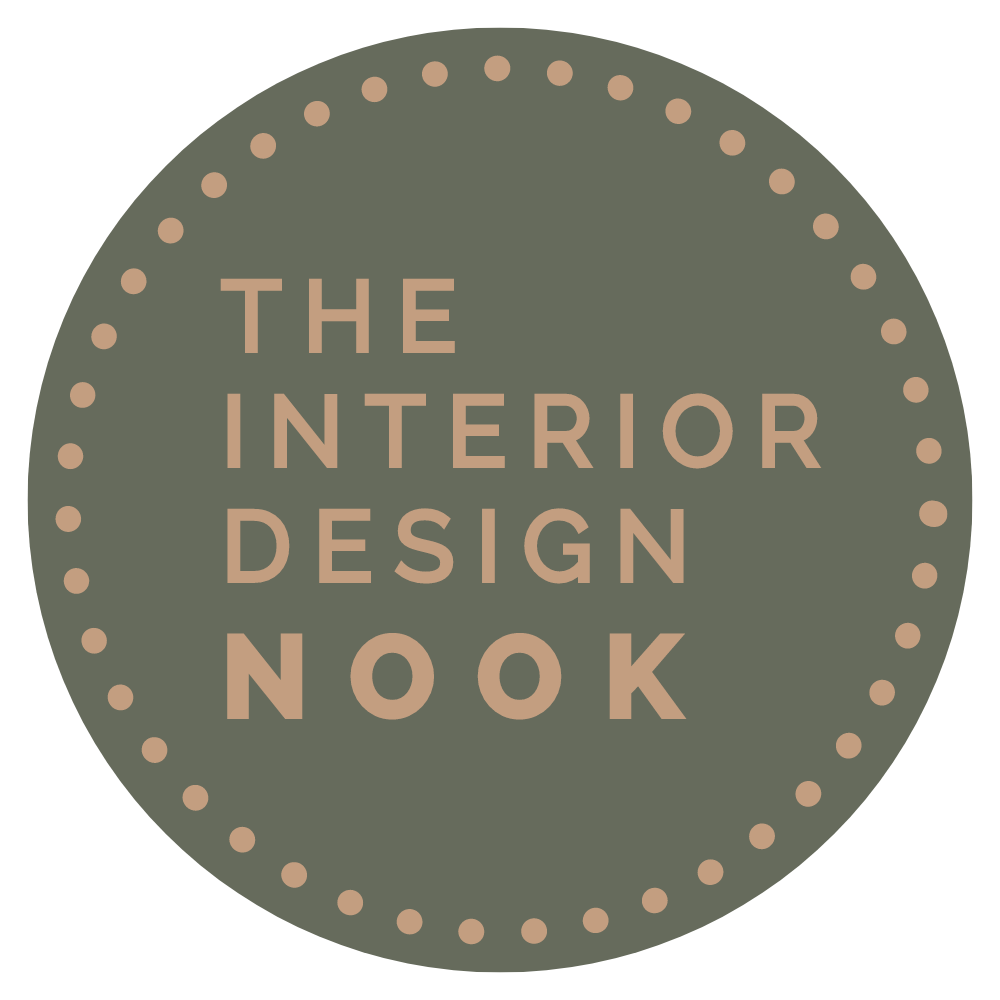How to create a layered interior
If you're confident with colour and have a strong sense of your personal style, but your room lacks the wow factor you're trying to create, more often than not it's down to layering.
Start with the layout
Your layout should primarily be based on function, but there is almost always wiggle room within this. It's tempting to push all your furniture against the walls, especially in a small space, but this often doesn't make for a comfortable atmosphere or a beautiful space. You don't want to sit round the edge of a room looking into an empty space in the middle, you want to sit within the room with something to look at. An intimate seating area where the sofa or chairs are positioned facing each other, 45cm either side of a coffee table or footstool, is a really good basis for a layout. You do not need more space than this, and it functions better as a social space than a more spread-out seating arrangement. This means you can create a view beyond the seating area. The great thing about this tip is you can try it out with minimal effort, live with it for a week, and move it all back if it's not working for you!
Think about your room as a composition
Considered the composition the same way you would a painting. There are (usually) 4 walls so that's 4 views to consider. This gives you a whole new perspective when picking curtains or woodwork, and radiator paint colours - it makes you ask what impact these elements have on the composition? Do you want a block of that colour there in the composition? Decide what elements within the composition should be the focal point or a feature, and what should be the background, and treat them as such. So this means if your window or view is not a focal point, don't choose highly-patterned curtains in a contrasting colour to the wall, choose something simpler which blends in.
Add a view beyond dominant furniture pieces
You can achieve this by making sure that the dominating bits of furniture have something going on behind them. This might be a console table behind a sofa, and then artwork on the wall like in this example by Rose Uniacke. Even in a small space, you can work wonders by putting a large mirror (as in over 1m sq) or shallow bookshelves behind. By bringing a sofa, desk or other large item of furniture forward by 20cm to fit a bookcase in, you actually create the illusion of more space as there is a view 'beyond'. You can see this here in antique-collector Guy Tobin's house.
Aim for balance but not symmetry
Symmetry is hard to live with: as soon as you sit on the sofa or put a drink on a side table, you've ruined the look. Balance looks beautiful and helps you feel at ease. So if you have a door on one side of your fireplace which is painted a different colour to the wall, balance this on the other side with a similarly-proportioned bookcase or even a large painting above a chest of drawers. If the door is white, hang a light coloured painting; if it's wooden, use warm mid-tones, and if it's dark hang a dark painting. Here is an example by Anna Sprio of balance but not symmetry either side of this doorway. In the photo above right, we balanced the off-centre window with the lute on the left, which is positioned higher to reflect the slope of the staircase. It’s also balanced against the large floor vase on the right.
Add layers of detail
Use different types of lighting to add atmosphere, depth and highlights. Add artwork, mirrors, books, plants and décor like trays and vases. It's easy to go a bit Instagram-crazy and fill a room with 'vignettes' of shelves filled with knick-knacks but again, this is about balance and composition. Gavin Haughton, a maximalist at heart, says, "Things need to have a place. They can't just be piled up because you can't stop shopping." You don't want to create clutter, you need to see the wood from the trees and appreciate the focal points in the room.
Mix old and new, rough and smooth, high and low
If you don't mix it up, you create a photoshoot set not a home. It's important to make sure your home reflects you, not just everything that was on-trend at a particular point in time (this is true of period styles just as much as modern rooms). Mixing old and new items to creates a welcoming atmosphere, and you can create 'tension' by employing a bit of contrast which adds personality to the space. Don't be afraid to mix expensive items with Ikea or junk shop finds - all that matters is that you like looking at it.
Book my full interior design service for help bringing all the elements of your room together in a cohesive, balanced and uplifting way.





